A Blitz around Brits

I was fortunate this past week to have a farm site visit for work in the Crocodile River valley north of the Hartebeestpoort Dam. It is rich farming area - I’m told that it is the most secure water valley in South Africa for farming. Added to that, after some heavy rains in January and February, the area was saturated.
With my meetings only starting at 10am, I made an early start from my guest house and headed towards the Roodekoppies Dam for some bushveld birding. Being Cape-based, the opportunities to spend some time in the bushveld are limited and I was going to hit it hard for a few new birds for my Bindo 2025 Southern African list.
I used the Explore function on the app to give me some idea of routes and places other Bindo birders had targeted and headed for a road west of the R511 between the two fingers of the dam.
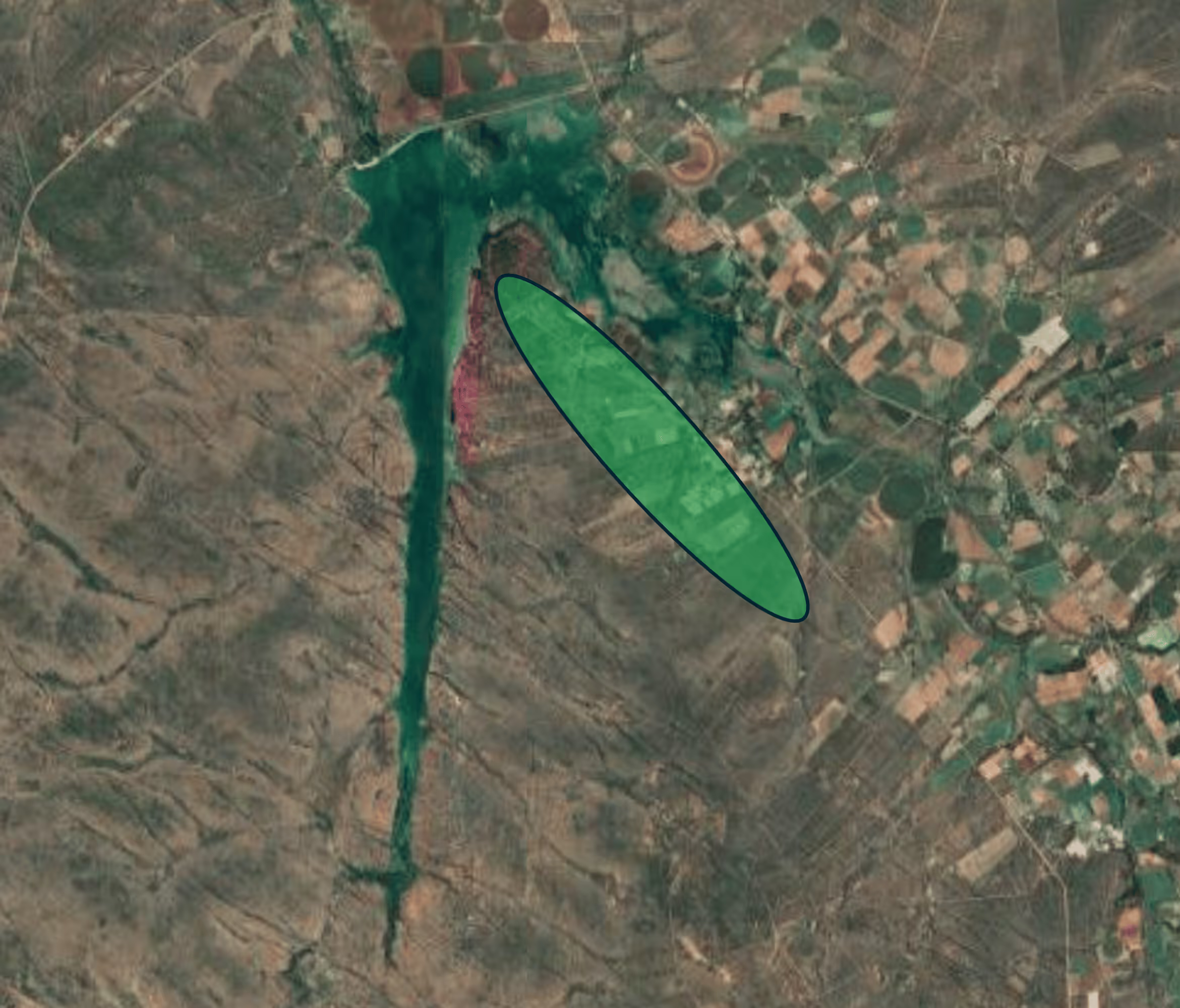
The habitat is mixed farmland, grassland, bushveld and riparian woodland alongside the Crocodile River, with the wide stretches of the river and the dam providing open permanent water bodies for waterbirds. With the heavy rains there were also plenty of flooded seasonal wetlands. Unlike the Cape where our late summer is a quiet time for birding, the late summer in the North-West province is a premium time and my listing was prolific and invigorating. I opened an atlas card on the Bindo atlassing list function and focused my energy in the 2525_2735 pentad.
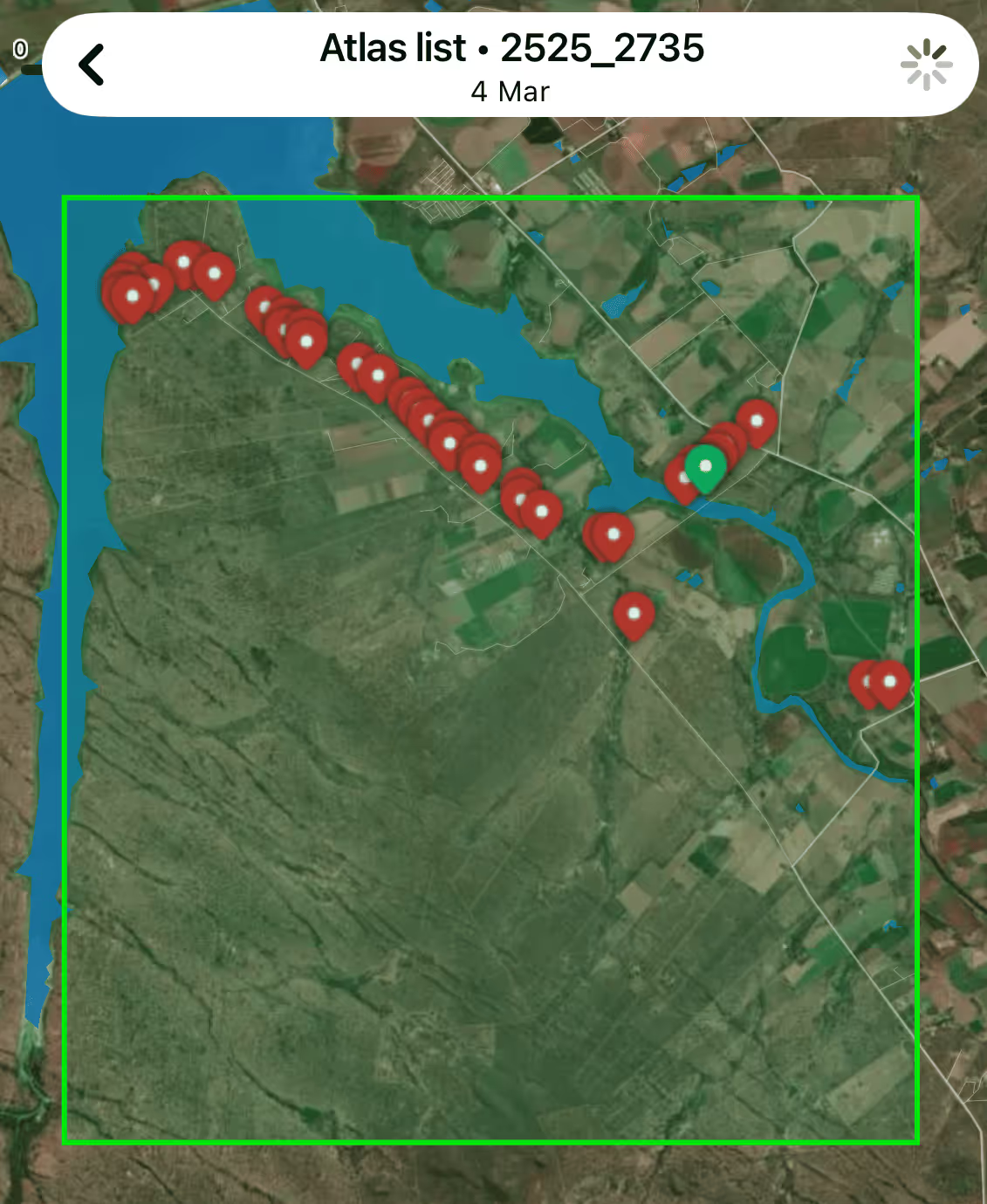
Approaching the pentad from the east, the first stop was the bridge over the Crocodile River, which was a brown swathe of fast-moving water with a lot of action on the floating vegetation – African Jacanas, Black Heron, Purple Heron, Green-backed Heron and Glossy Ibises were the most notable birds, but I was more interested in the variable warbler songs coming from all directions. This is the best time of year in our sub-region for the Palearctic warblers, as they tend to sing with more vigour just before they depart for Europe. I had some good views of Sedge Warblers in the reedbed, but I was most entertained by a vocal Garden Warbler in a leafy tree alongside the road. This was soon followed by a few Great Reed Warblers squeezing out their slow grinding song from the same reedbeds as the Sedge Warblers. Our local and resident Little Rush and Lesser Swamp Warblers were also enjoying the bounteous conditions.

The gravel road heading north provided huge variety. Two separate flooded wetlands had vocal Red-chested Flufftails with White-winged Widowbirds far more visible buzzing over the wetlands in frantic display.

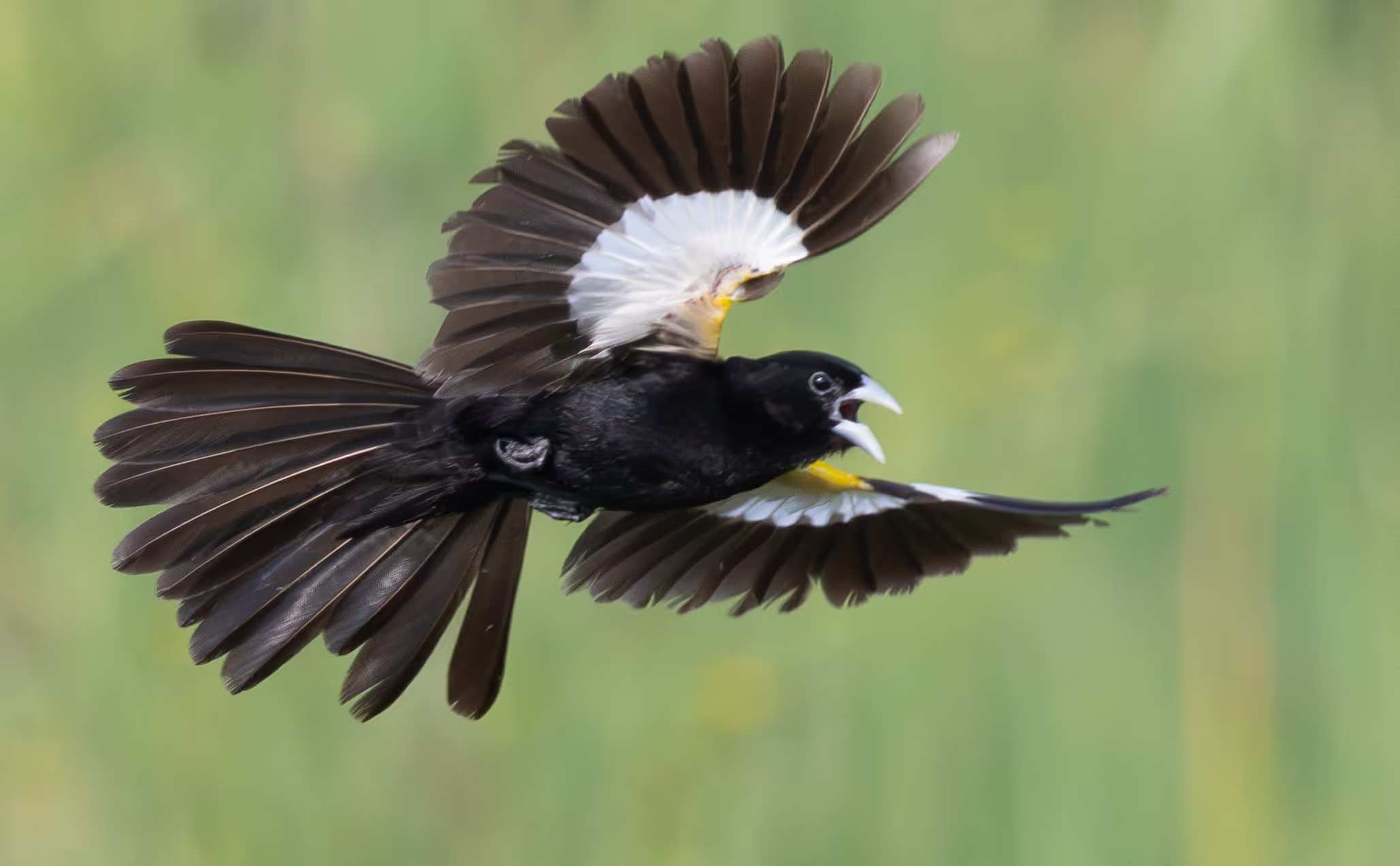
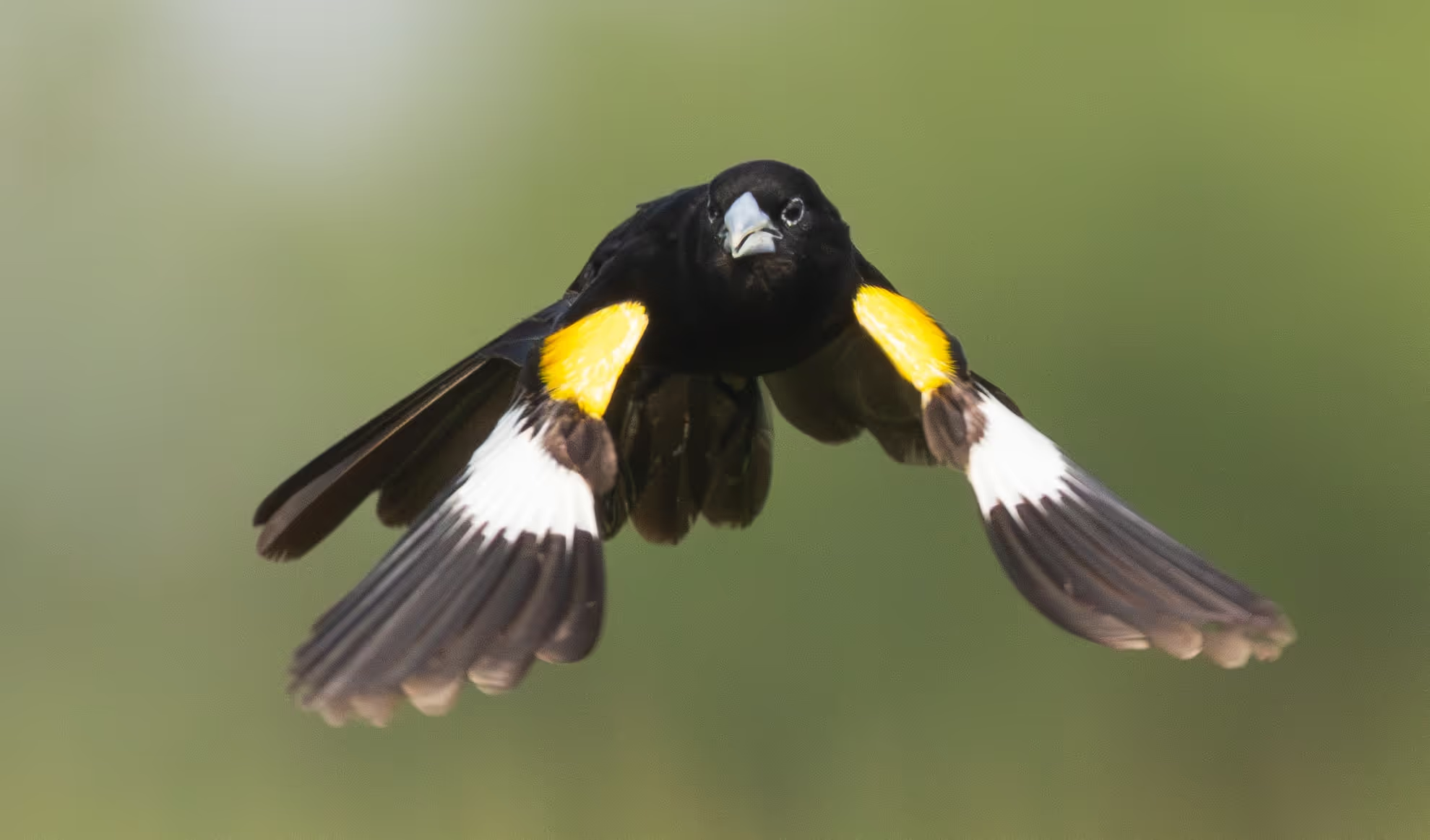
The Explore function in the app was crucial for my atlassing. Not only was I able to see what birds I had missed and should look out for to add to my pentad card, but I was also able to note the birds I may need to justify to the regional atlas vetters. As I logged a Long-crested Eagle perched on a telephone pole I noted that it did not appear in the Nearby Targets and so made sure I took a quick snap as evidence of my sighting. I was suitably rewarded with an Out of Range form from SABAP2 and fortunately had the photo on hand to validate the record.
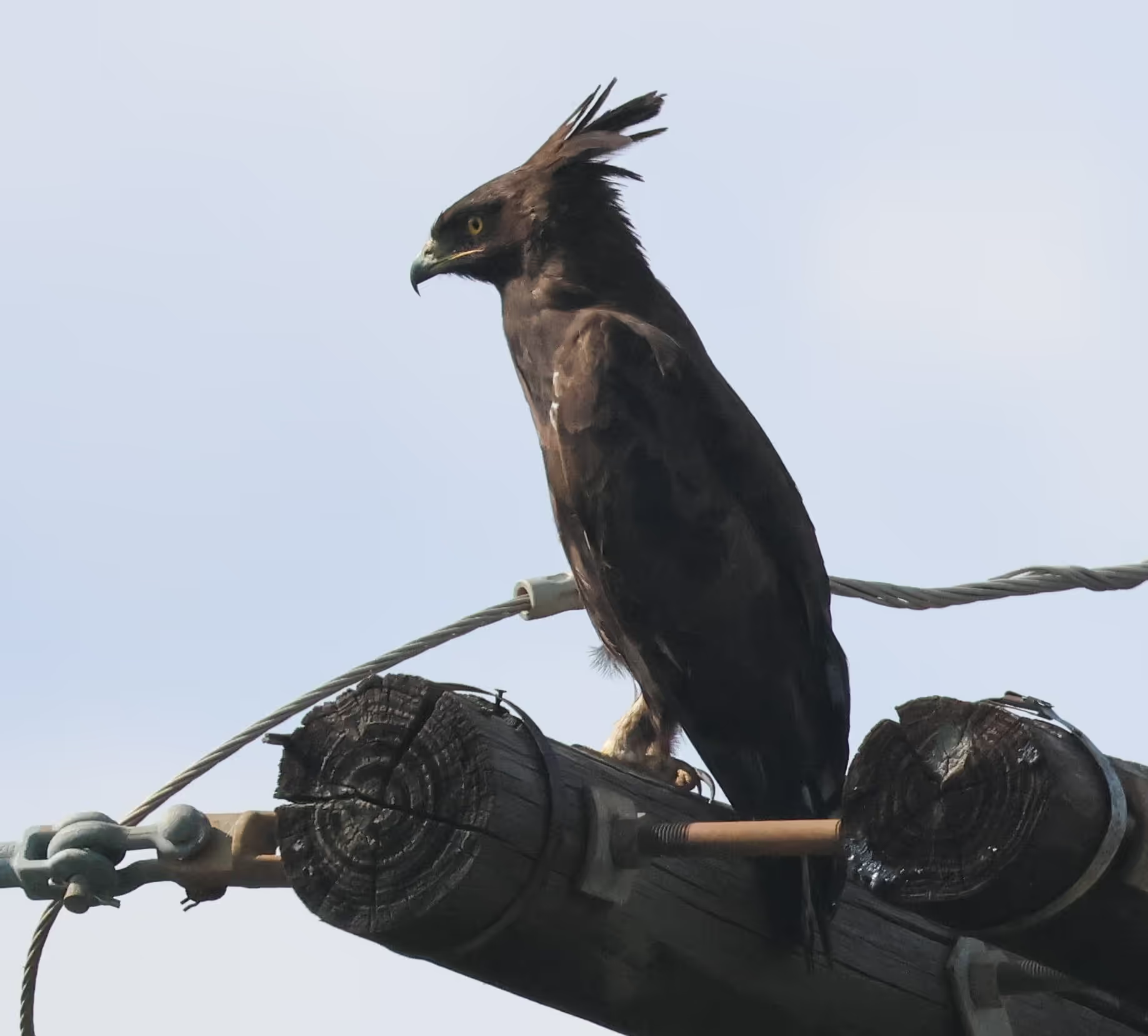
The fishing sites alongside the dam were also very productive with the typical waterbirds along the margins. A showy Yellow-billed Stork was also a nice bird to photograph for a Capie like me. The woodland alongside the shoreline held typical bushveld birds like Burchell's Starling, Burnt-necked Eremomela and Village Indigobird.
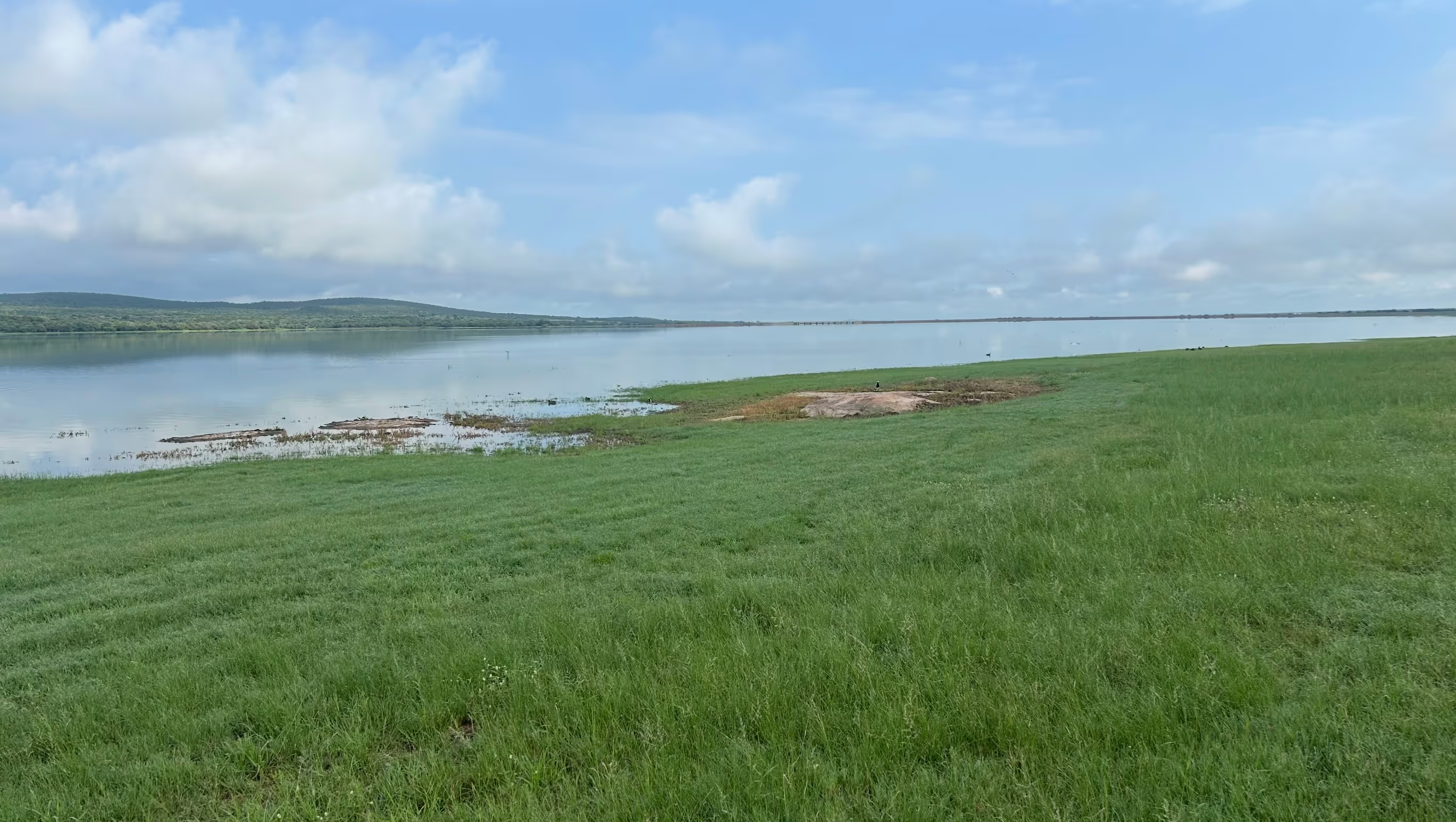
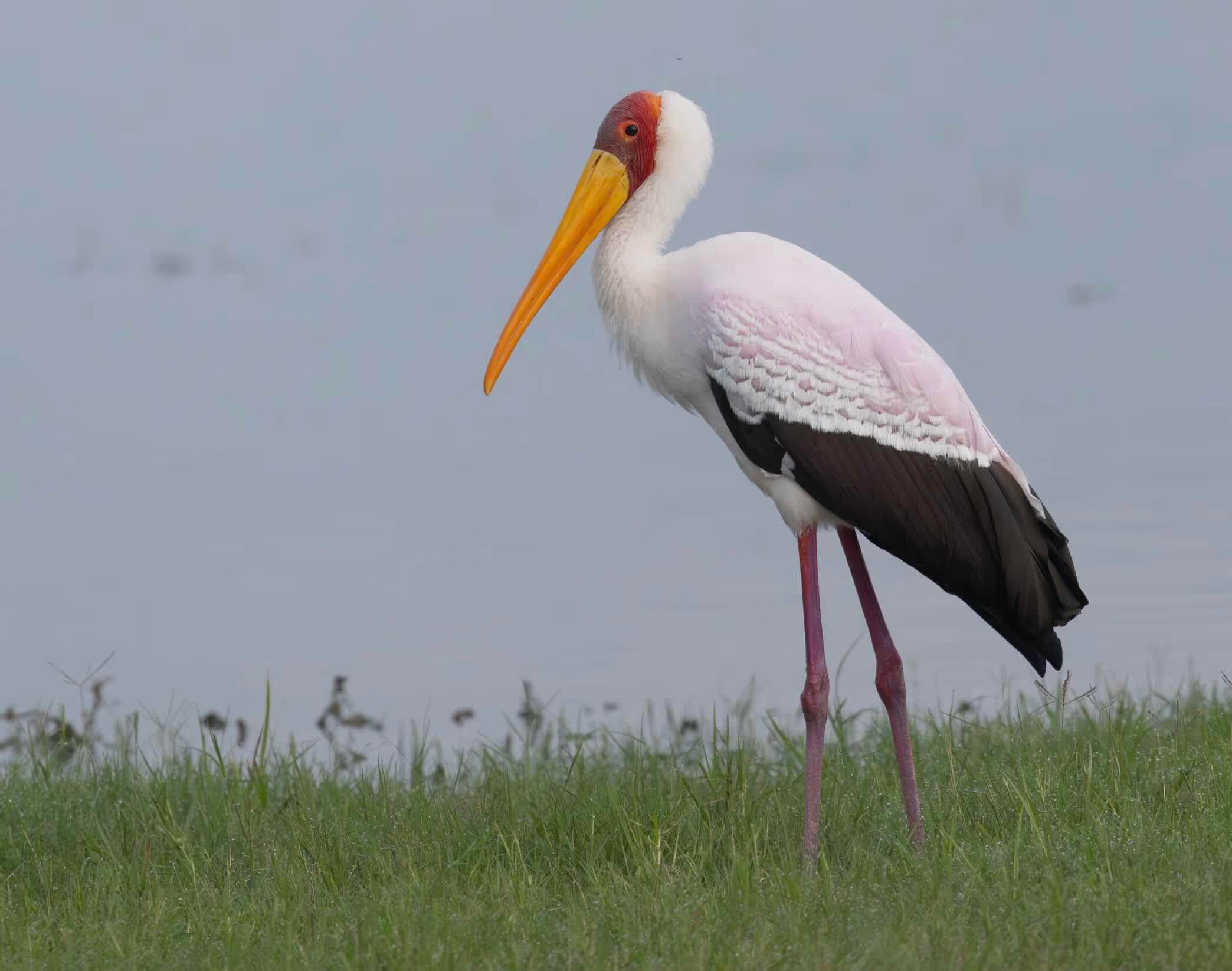
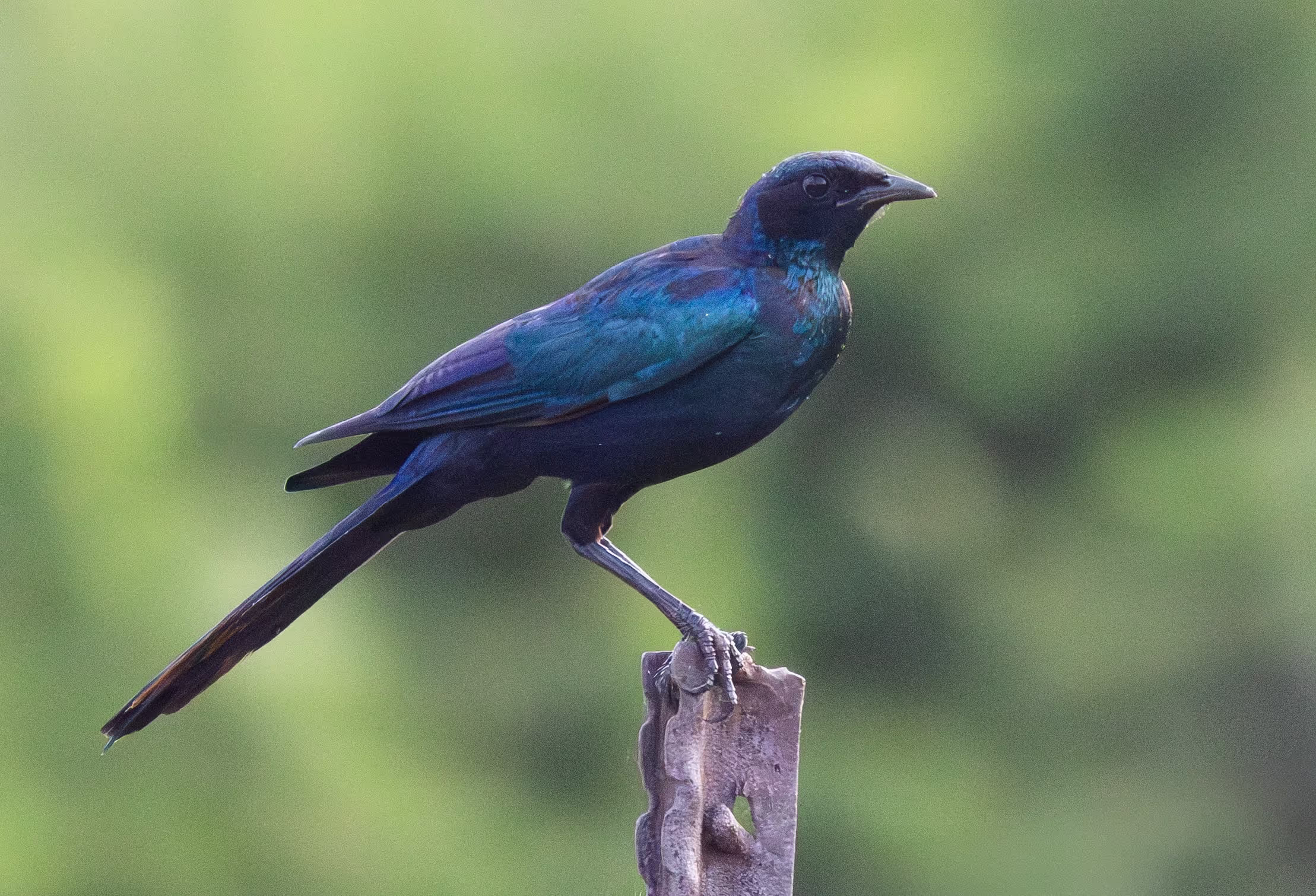
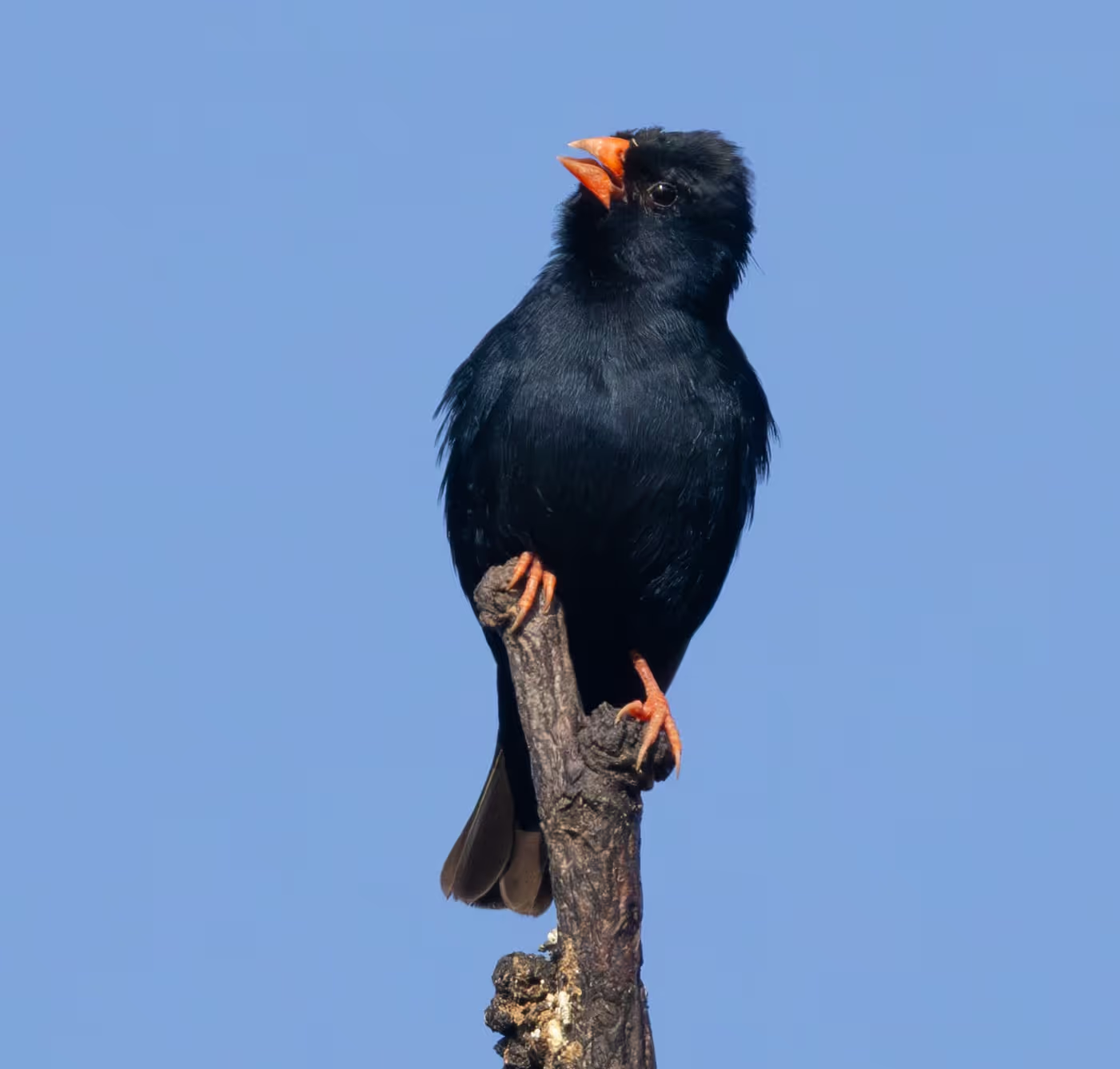
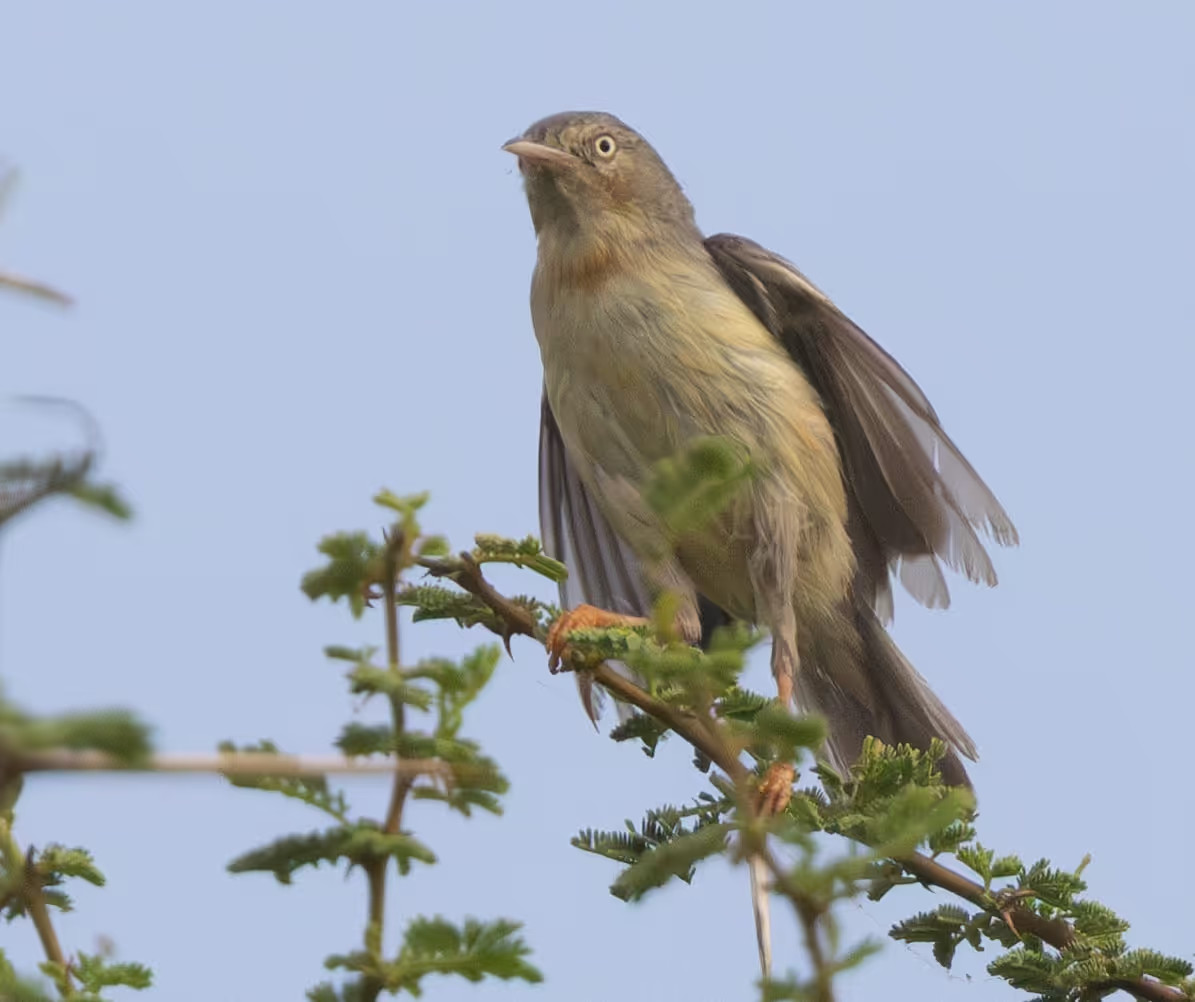
My total of four hours in the pentad (an added hour after my meetings before heading back to the airport) delivered an incredible 128 species for my atlas card and a satisfying addition of over 60 species to my 2025 year list. In addition to the atlas card I submitted I was also able to create an eBird checklist from the Bindo export file and upload valuable data with sound recordings and images to the eBird platform — eBird checklist.
For interest, the Bindo checklist can be found here:
Bïndo checklist
Mike
